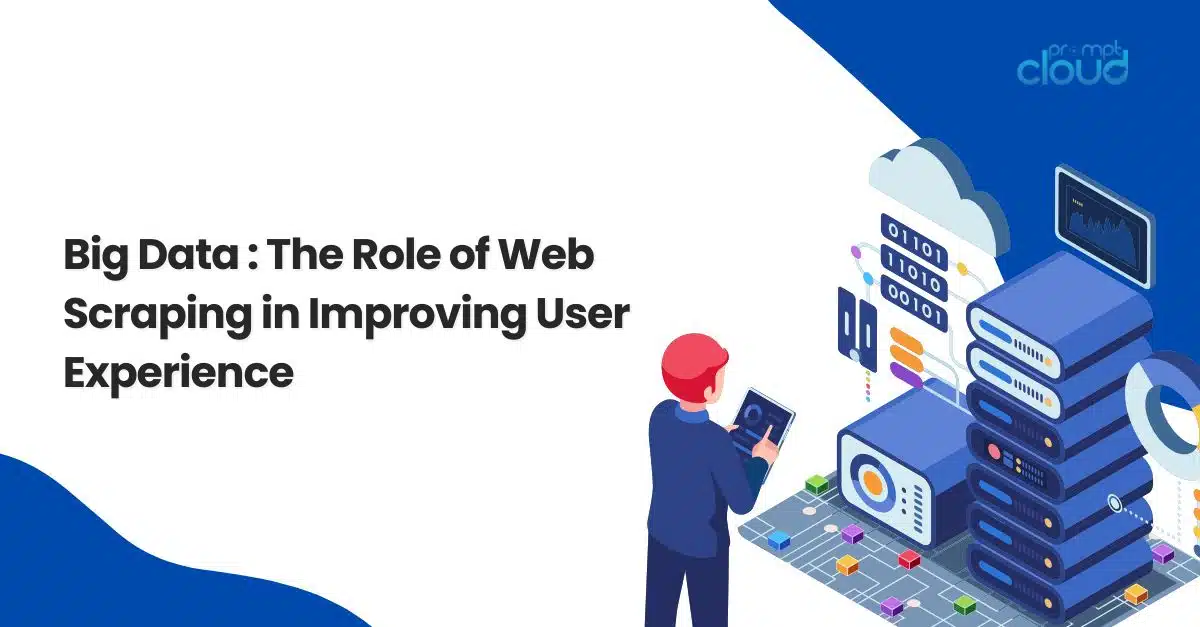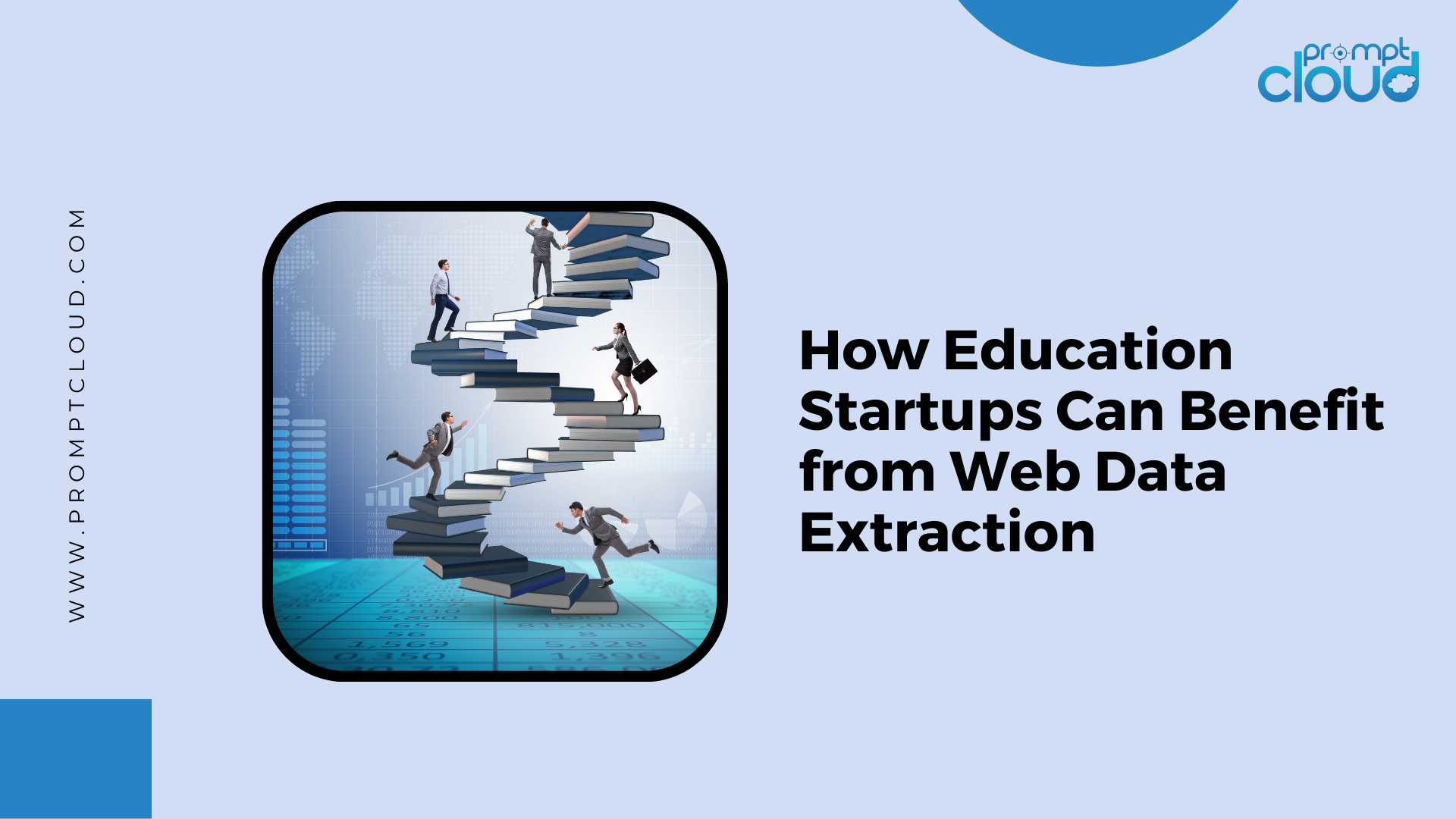
Legacy applications are software systems that have been in use for many years, often decades. They run core business functions and contain critical data assets. But there comes a point when nearly all organizations need to consider migrating or modernizing these aging apps.

Why Migrate Legacy Apps?
Here are some of the top reasons companies decide to embark on legacy app migration and modernization:
Maintainability Issues
Over the years, legacy systems accumulate enormous technical debt. They become increasingly difficult and expensive to maintain. As the original developers retire, specialized skills needed to manage these aging platforms disappear. At some point, lack of maintainability starts to impact operations and the business.
Integration Challenges
Modern solutions are primarily cloud-based, API-enabled, and mobile-ready. Connecting legacy apps to modern systems or trying to build omnichannel solutions on legacy foundations becomes nearly impossible over time. The integration of hairball leads to data silos and poor customer experiences.
Security Risks
Older programming languages and platforms often lack robust security capabilities to defend against modern cyber threats. As data breaches escalate, the security exposure created by legacy apps presents substantial financial, legal, and reputational risks.
Compliance Struggles
New regulations emerge frequently, but legacy systems aren’t designed for continuous compliance. From PCI DSS to GDPR and CCPA, legacy apps often fail compliance audits. The options are expensive remediation or steep non-compliance penalties.
Skill Set Shortages
It’s difficult to find developers skilled in older languages like COBOL. Most university programs no longer teach these languages. With baby boomer retirements in full swing, mainframe skills are disappearing rapidly. The dwindling talent pool makes maintenance much more expensive.
Vendor Dependence
When vendors end up with legacy platforms, they stop releasing updates and security patches. Organizations become dangerously dependent on a shrinking number of third-party support providers. As options disappear, support costs skyrocket.
Scaling Limitations
Monolithic legacy apps often can’t scale cost-effectively to meet surges in transaction volumes, data growth, or user concurrency. Hitting platform limitations means turning customers away or making huge capital investments in legacy infrastructure.
Lost Agility
Today, competitive advantage depends on being agile enough to respond quickly to changing market conditions. However, rigid legacy systems with lengthy release cycles measure change progress in years rather than days or weeks.
Top 12 Detailed Reasons to Leave Legacy Apps Behind
Let’s explore the top dozen legacy modernization drivers in more detail:
1. Reduced Time-to-Market for New Features
Legacy apps typically have release cycles measured in months or years. They can’t support continuous delivery of new features, which is necessary to satisfy customer expectations.
Modern architecture patterns like microservices and DevOps pipelines accelerate release velocity. Moving legacy apps to cloud-native technologies slashes time-to-market for new capabilities from years to weeks or days.
2. Enhanced Customer Experiences
Consumers and business buyers expect seamless omnichannel experiences when engaging with suppliers. Legacy apps make it almost impossible to connect digital touchpoints to full-lifecycle customer journeys.
Migrating legacy apps to cloud platforms enables adding mobile apps, portals, AI chatbots, and other technologies to enrich user experiences. API-enabled integration eliminates data silos across channels.
3. Improved Operational Scalability
As transaction volumes grow and user populations expand, legacy apps ultimately hit ceilings for scalability and performance. Without modern hosting platforms, companies must perpetually “scale up” servers to meet demand spikes.
Cloud-native infrastructure provides infinite scale-out capacity autoscaling to handle fluctuations in real time. Software design advances like microservices make it easier for apps to enhance incrementally.
4. Increased Business Agility
Digital business moves fast today, but legacy processes and data constraints move slowly. This makes it hard for organizations to adapt to rapid market shifts.
Decomposing monoliths into cloud-native microservices better isolates capabilities. This makes apps easier to reconfigure and reassemble as business needs change.
5. Multi-Cloud Deployment Options
Most companies now pursue multi-cloud strategies to prevent vendor lock-in. But legacy apps typically run on a single platform like mainframes or legacy midrange systems.
Re-platforming legacy apps using cloud-native technologies allows these apps to run across multiple public and private cloud environments. This mitigates risk and reduces costs.
6. Improved Productivity
Maintaining legacy skills dependent on primitive tools and platforms consumes excessive amounts of IT resources. These time sinks delay the delivery of new features.
With cloud-based, low-code development platforms, less manual effort is required for routine tasks like managing infrastructure, building UIs, and wiring up systems. Staff is freed to focus on innovation.
7. Enhanced Data Leverage
Data is every organization’s most valuable digital asset, but legacy systems make it hard to expose data for analytics and AI initiatives. Clean data for decision-making is difficult to access.
Transitioning legacy apps to cloud data platforms like data lakes and warehouses simplifies the consolidation of data from disparate systems. Open APIs encourage reuse across the enterprise.
8. Reduced Security Risks
Legacy platforms were designed for closed environments and lacked modern identity, network, and data security capabilities. These vulnerable systems put corporate assets at perpetual risk.
Cloud platforms provide sophisticated, defense-in-depth security tools to protect apps and data. Cloud service providers ensure protections evolve continuously against emerging threats.
9. Lower TCO
Between outrageous maintenance fees and exorbitant charges for mandatory customization, legacy apps carry high annual costs. But the total cost of ownership (TCO) extends far beyond annual budget pain.
Migrating apps to cloud platforms reduce TCO through subscription-based pricing, reduced customization needs, and higher operational efficiency. Life cycle costs are slashed.
10. Improved Reliability
Unplanned legacy app outages disrupt operations and frustrate customers. Failures cascade through interconnected legacy systems. Lack of redundancy leaves businesses exposed.
Cloud platforms deliver vastly better resilience versus legacy environments. Distributed microservices minimize failure domains. Auto-scaling and load balancing prevent overload conditions.
11. Simplified Regulatory Compliance
New regulations emerge continually around data security, privacy, industry standards, and more. Typically legacy systems don’t comply without expensive rework. Violations bring heavy penalties.
Multi-tenant cloud platforms continuously update controls and protections to satisfy emerging compliance mandates. Apps inherit these capabilities as services evolve.
12. Access to Innovation
Once locked into legacy platforms, apps stagnate for decades without access to innovation. Core modernization is required to take advantage of AI, blockchain, quantum, and future technologies.
Transitioning to cloud-native technologies ends legacy deprivation. Apps can immediately leverage cutting-edge capabilities through cloud services like AI, IoT, voice UX, and more.

Approaches for Legacy Modernization
With compelling reasons to migrate legacy apps now clear, what are the available options and strategies? Here are common modernization approaches:
Rehost (Lift and Shift)
This fast, low-cost option lifts legacy apps unchanged from on-premises platforms onto cloud infrastructure. While benefits like easier management and scalability improve, the apps themselves remain locked in the past.
Replatform (Lift, Tinker and Shift)
Here, legacy apps move to cloud platforms, and some tinkering modernizes the runtimes, data layers, and adjacent systems through API enablement. However, the core app code still remains legacy.
Refactor
This approach restructures legacy monolithic codebases into collections of discrete cloud-native microservices. This requires recoding, so costs and complexity increase. But the apps become more agile and resilient.
Rebuild
A ground-up rewrite of legacy apps using modern languages, frameworks and architectural patterns. This “greenfield” approach is the most costly and risky but produces the most future-proof apps aligned with digital strategy.
Replace
Rather than rewrite legacy apps, many organizations now prefer to replace them with commercial off-the-shelf (COTS) software or cloud SaaS solutions. This increases speed and reduces risk.
The best approach depends on an organization’s modernization goals, time frames, budgets, and risk tolerance. Many leverage a combination of techniques for optimal outcomes.
Key Planning Steps for Legacy Migration
Approaching a legacy modernization initiative with sound planning reduces execution risks and surprises. Consider these planning essentials:
- Set Executive Sponsorship. Without executive commitment and sponsorship, legacy migration struggles for attention and resources. Align support from leaders responsible for both IT and business operations.
- Charter a Cross-Functional Team. Include enterprise architects, legacy and cloud platform experts, key business stakeholders, security leaders, and application development leads. This group plans and governs the program.
- Inventory All Legacy Apps. Catalog application names, technology stacks, functions, data stores, infrastructure, roles, interconnected systems, business criticality, ownership and other key details.
- Create an Application Portfolio. With legacy apps inventoried, classify each based on business alignment, technical condition, cost profile, risk, and other factors. This portfolio guides priorities for modernization.
- Build a Business Case. Define strategic rationale, tactical benefits, cost savings, investment requirements and expected returns. The business case convinces executives to fund the modernization program.
- Perform Application Assessments. Analyze candidate legacy apps to deeply understand dependencies, data structures, business logic, integration needs and code quality. This data drives modernization strategy.
- Develop a Migration Roadmap. Outline the recommended migration sequence, techniques, timelines, costs and resource requirements for each legacy app or group. The roadmap serves as the master program plan.
With the right planning and governance, legacy modernization initiatives mitigate risks. They maximize returns from technology investments while unlocking innovation constrained by aging applications.
Key Takeaways and Recommendations
Legacy modernization is now a strategic imperative for most organizations. Migration provides an exit ramp off expensive, insecure and inflexible legacy platforms that hinder operations, innovation and growth.
With maintainability, integration, scaling and other challenges intensifying, the time for simply sustaining legacy apps has passed. Purposeful transformation is required to compete as digital disruption accelerates across industries.
Smart organizations will now commit to holistic modernization programs built on cloud-native technologies. They will free themselves from legacy constraints while leaping ahead of slower competitors still clinging to the past.



















